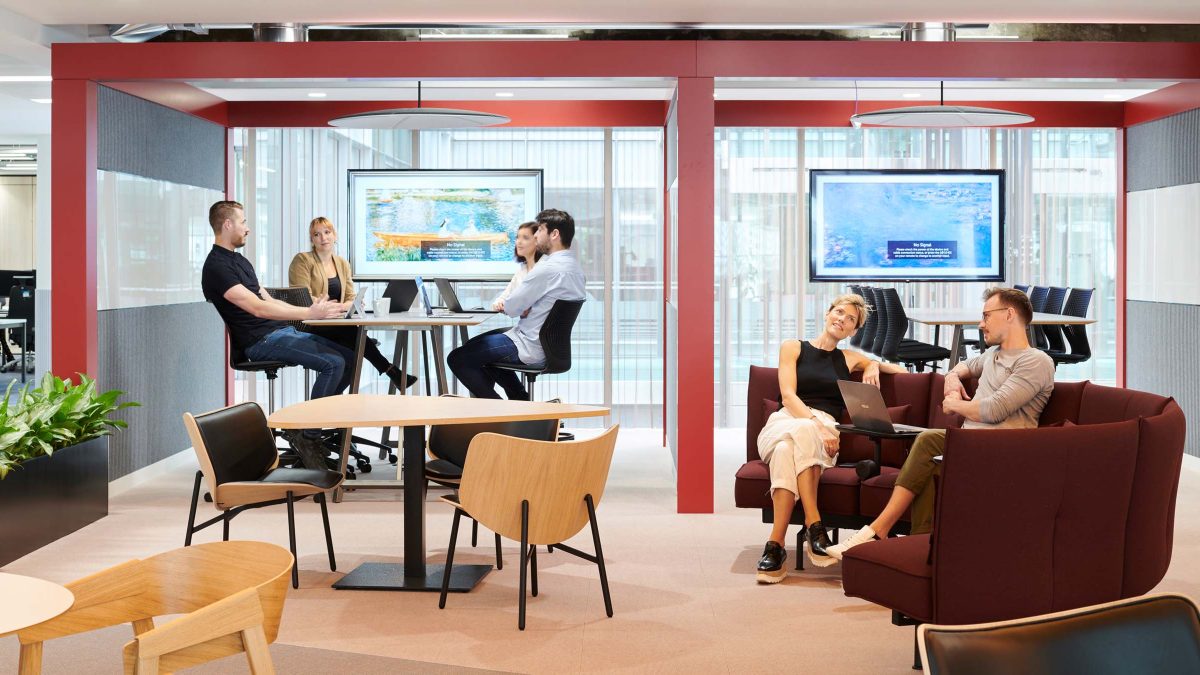










We can begin to demystify the complex world of environmental, social and governance (ESG) investment by focusing on a crucial aspect — decarbonisation.
As companies and investors increasingly prioritise ESG factors, the term ‘decarbonisation’ has become central to investment decisions. This article aims to break down the various components of decarbonisation, exploring its significance in the context of ESG investing. From carbon emissions reduction to renewable energy adoption, we’ll attempt to decode the alphabet soup of ESG. This will help us better understand the strategies, challenges and opportunities surrounding decarbonisation efforts.

ESG investing has transformed from a once niche interest to a critical strategy in mainstream business. Beyond buzzwords or political stances—it represents a central pillar in fiscal responsibility.
Amid growing environmental crises and societal demands for greater accountability, organisations can tangibly demonstrate their responsibility through a robust ESG framework. Additionally, it includes a commitment to sustainable, profitable operations and can enhance financial performance. ESG strategy is about creating a business that is responsible to the planet and to its people. It encompasses a company’s duty to its shareholders and its social impact on supply chains and communities.

Ultimately, ESG strategy is about risk management and creating resilient systems that can withstand environmental challenges. Examples of environmental challenges include California’s wildfires, flooding in Southeast Asia and those seen during extreme events like Hurricane Sandy in 2012. In essence, ESG frameworks provide metrics to evaluate how a company manages such risks and opportunities related to environmental, social and ethical issues.
By embedding ESG principles into their core strategies, companies boost their resilience against regulatory and reputational risks. They also align themselves more closely with the priorities of today’s conscious investors, clients and consumers.

Decarbonisation has emerged at the forefront of the environmental aspect of ESG strategies due to its direct impact on mitigating global warming. The focus on carbon simplifies the complex web of various greenhouse gases into a single, quantifiable metric—carbon dioxide equivalent units (CO2e).
This approach aids businesses and policymakers in focusing their efforts more effectively, although it sometimes oversimplifies broader environmental impacts.
Simply put, decarbonisation is the process of reducing carbon dioxide emissions associated with human activities. This involves a shift from carbon-intensive energy and activities to more sustainable alternatives. Fundamentally, we need to rethink operational processes and adopt innovative technologies. The importance of decarbonisation stems from the urgent need to combat climate change and mitigate its potentially devastating impacts on the planet and future generations.

Embarking on the decarbonisation journey is no small feat. It requires a comprehensive strategy encompassing everything from initial carbon footprint measurement to implementing reduction techniques as well as carbon removal technologies. Many programs focus on getting to net zero, a strategy that ultimately achieves a zero-carbon balance in our energy consumption and activities. At the same time, they take all the steps to reduce footprint in the first place. This approach ensures that we can sustain our planet and the resources it can indefinitely provide us.
A prominent example is our project for HSBC – a company committed to achieving net-zero carbon emissions in its operations and supply chain by 2030. The bank began by reducing its exposure to fossil fuels and increasing financing for renewable energy projects. For its New York headquarters, our team explored the opportunities and challenges inherent in shifting towards low-carbon specifications and building techniques. We also focused on enhancing the efficiency of building operations. Such efforts required significant investment and a shift in corporate culture. However, these efforts promise considerable long-term benefits through energy savings and improved stakeholder relationships.


Decarbonisation is not just about reducing emissions; it’s about redefining the economic models of the future. Organisations are increasingly aligning their investment strategies with decarbonisation goals. This is partly driven by compliance but is also a strategic move to future-proof businesses.
Firstly, for organisations, integrating decarbonisation into their ESG strategy can attract investments from funds that prioritise sustainability. Secondly, it helps meet regulatory requirements that are likely to become stricter over time and allows them to tap into new markets and technologies. Finally, it positions companies at the forefront of transitioning to a low-carbon (or circular) economy, providing a competitive edge as global markets shift towards more sustainable products and services.
This alignment is crucial for corporate responsibility and maintaining competitiveness and profitability in a rapidly evolving economic landscape.

The journey towards renewable energy is multifaceted. From onsite solar panels to virtual power purchase agreements, each strategy offers distinct benefits and challenges.
We help progressive companies explore various avenues to achieve their decarbonisation goals, which vary depending on location and total energy consumption. This includes adopting renewable energy, which reduces carbon footprints and lessens dependency on volatile fossil fuel markets. Renewables can be located onsite or offsite depending on the circumstance but are typically associated with whole buildings. Some offsite options could take the form of investing in community solar projects – which helps decarbonise the general energy grid and offer a route for tenant control over operational emissions.
Carbon offsetting and balancing are other critical strategies. These involve compensating for emissions by funding projects that help remove carbon, ultimately resulting in a zero-sum balance. There has been some scepticism around offsets, but they are still a crucial part of the path forward. They offer funding for carbon sequestration and removal innovations desperately needed to achieve a sustainable future.
 Our team has guided several global clients through these processes. From tech giants to smaller start-ups, we’ve developed tailored strategies encompassing renewable energy installations, green building certifications and sustainability-driven renovations.
Our team has guided several global clients through these processes. From tech giants to smaller start-ups, we’ve developed tailored strategies encompassing renewable energy installations, green building certifications and sustainability-driven renovations. Transformation within the built environment, responsible for approximately 40% of global emissions, is particularly crucial. And therein lies a massive opportunity for innovation and improvement. Therefore, retrofitting and enhancing the efficiency of existing buildings is a key strategy. This not only reduces emissions but also aligns with the growing regulatory frameworks like New York’s Local Law 97, which imposes penalties for inefficiencies.

Navigating the ‘alphabet soup’ of ESG and decoding decarbonisation is about understanding the intricate balance between immediate challenges and long-term benefits. For companies committed to this journey, it represents a profound opportunity to participate in the creation of a sustainable, equitable and prosperous future.
Our teams equip organisations to navigate the complex landscape of ESG effectively. We help ensure that sustainability is not just a policy, but a practice embedded in the fabric of organisational operations. By employing circular materials, smart building technologies, energy-efficient designs and more, we help to consciously shape the future of the built environment for the better. To learn more, contact your local team.
Associate Director. Sustainability